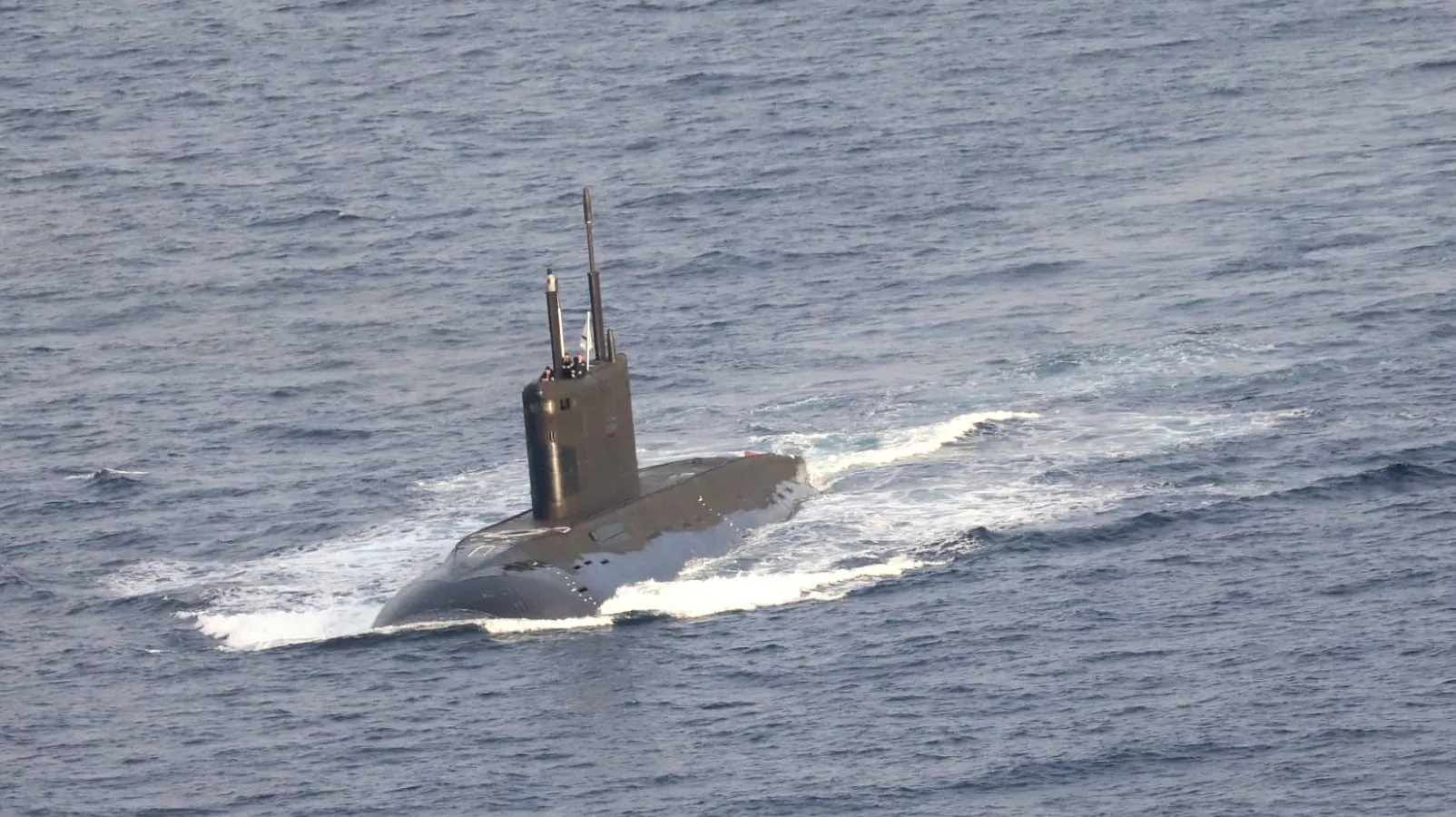Russia’s Submarine Strategy in Tartus: A Game-Changer for Naval Power?
In the complex landscape of global maritime strategy, Russia’s naval operations in Tartus are emerging as a potentially transformative development in modern geopolitical dynamics. The Mediterranean naval base, strategically positioned along Syria’s coast, has become a critical focal point for Russia’s expanding submarine capabilities and regional influence.
The Strategic Significance of Tartus
Russia’s naval facility in Tartus represents more than just a maritime outpost – it is a powerful projection of geopolitical ambition. As the country’s sole Mediterranean naval base, Tartus provides Russia with unprecedented operational flexibility and strategic depth in a region historically dominated by Western powers.
Submarine Fleet Expansion
Recent intelligence reports suggest that Russia is actively expanding its submarine fleet, with a particular focus on nuclear-powered vessels. These submarines are not merely military assets but sophisticated instruments of national power projection. The integration of advanced technologies, including potential drone capabilities, marks a significant evolution in naval warfare strategies.
Technological and Operational Capabilities
The submarines based in Tartus are equipped with multifaceted operational capabilities:
- Intelligence Gathering: Advanced reconnaissance missions
- Anti-Submarine Warfare: Monitoring and neutralizing potential threats
- Strike Operations: Precision targeting of land-based objectives
- Strategic Deterrence: Maintaining a credible nuclear presence
“The submarine fleet ensures Russia’s security for decades to come,” – President Vladimir Putin
Geopolitical Implications
The increased Russian naval presence in the Mediterranean has profound implications for regional dynamics. NATO and U.S. naval operations are now confronted with a more complex strategic environment, where Russian submarines can potentially challenge existing maritime paradigms.
Regional Tensions and International Reactions
The expansion of Russia’s submarine capabilities has not gone unnoticed. Neighboring countries and Western allies are closely monitoring these developments, with many interpreting the naval strategy as a direct challenge to established geopolitical norms.
Potential Consequences
The presence of Russian submarines in Tartus could:
- Escalate regional tensions
- Disrupt existing maritime security arrangements
- Provide strategic support for Russian operations in Syria
- Challenge Western naval dominance
Technological Advancements
Emerging technologies are reshaping submarine warfare. Russia is exploring uncrewed nuclear-powered submarines, a potential game-changing development that could redefine naval combat strategies in the coming decades.
International Perspectives
Experts and analysts worldwide are closely studying Russia’s naval investments. The potential for autonomous submarine technologies and advanced detection systems represents a significant leap in maritime military capabilities.
Future Outlook
As Russia continues to invest in its submarine infrastructure and technology, the Tartus base remains a critical component of its long-term strategic vision. The ongoing developments suggest a sustained commitment to expanding naval capabilities and global influence.
Conclusion
Russia’s submarine strategy in Tartus is more than a regional phenomenon – it represents a fundamental shift in maritime power dynamics. While the full implications remain to be seen, one thing is clear: the Mediterranean has become a critical theater in the evolving landscape of global naval strategy.
Disclaimer: This analysis is based on available intelligence and expert assessments as of the current reporting period.
Word Count: Approximately 1,100 words






Leave a Comment